On February 28, 1953, English scientists James D. Watson and Francis H.C. Crick from Cambridge University proclaim that they have determined the structure of DNA, the molecule the most famous containing genes for every living things. But what is less known, it is that the molecular biologists were aided significantly by the work of another researcher, Rosalind Franklin. Unfortunately, she is not included in the announcement, nor did she share the subsequent Nobel Prize award for it. So what did Watson and Crick, and also Rosalind really discover?
I- The molecule of DNA
The structure
DNA deoxyribonucleic acid is a very long molecule made from very simple chemicals. It consists of two chains of repeating units, or nucleotides, wrapped around each other in a double spiral, similar to a very long, twisted ladder. This double spiral is termed a double helix. Each nucleotide consists of a five-carbon sugar known as deoxyribose, a phosphate unit and one of four bases – adenine, thymine, guanine and cytosine (or A, T, G and C).
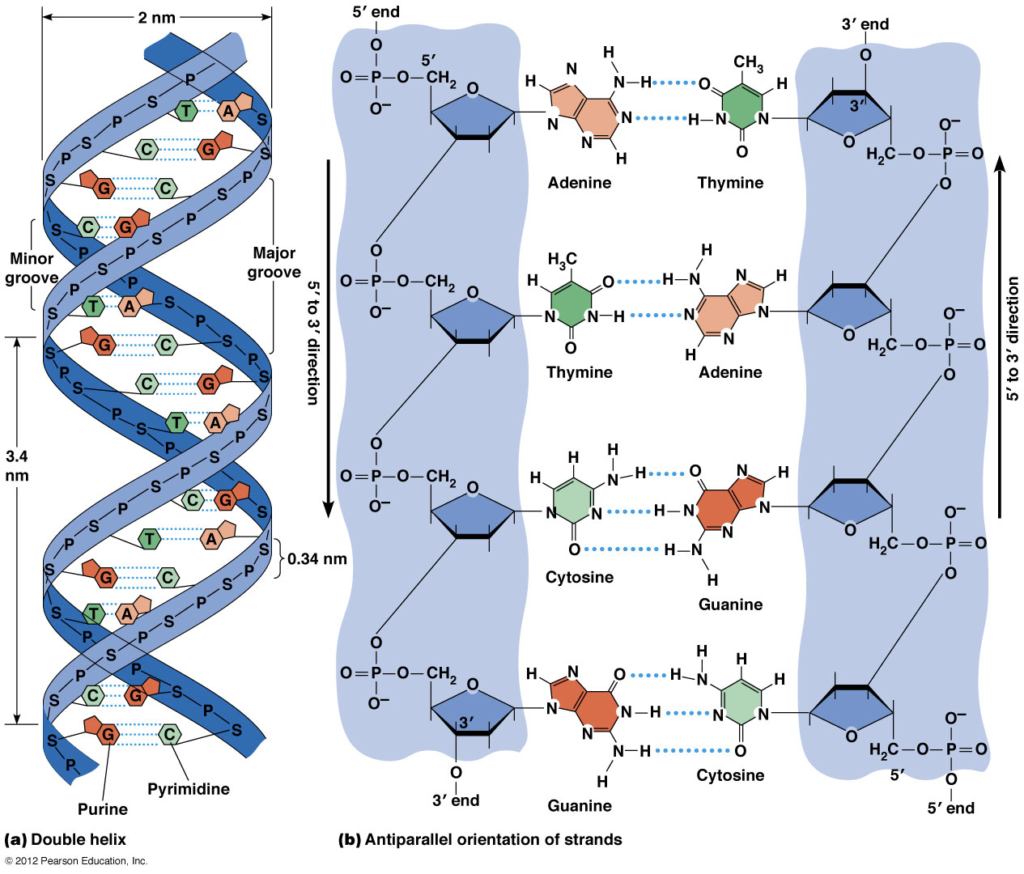
Nucleotides link together to form long chains. Alternating sugars and phosphates form the backbone of the chain. Two such chains are wrapped around each other to form the double helix. Sugars and phosphates form the two parallel sides of the ladder and the bases of the nucleotides join in pairs to form the rungs of the ladder.
The ladder takes a complete turn every ten rungs. The base pairing follows strict rules: adenine always pairs with thymine and guanine always pairs with cytosine. Any other pairing would mean that the rungs of the ladder would not all be of the same length. The two nucleotide-chains run in opposite directions – they are antiparallel. Hydrogen bonds join the base pairs and hold the two chains or strands of DNA together.
The experiment
What did you do last time ? Try to explain it to your neighbor
- 25 g sodium chloride.
- 80 ml washing-up liquid. Kiwi fruit (or onion cells).
- Coarse filter paper, e.g. coffee filter paper. Water bath.
- Thermometer.
- Methylated spirits, ethanol.
In this experiment, DNA is isolated from the rest of the cell contents by taking advantage of its different physical and chemical properties.
Kiwi fruit cells are mashed to break up their cell walls. A salt/ detergent mixture is used to break up the fatty cell membranes and the mixture is heated to inactivate enzymes and remove membrane portions. DNA is soluble in water and passes through a filter. DNA is insoluble in cold organic sol vent and appears out of solution. All stages should be performed gently as the DNA strands break easily. The entire procedure may take up to one hour.
As all DNA molecules have the same backbones of sugar and phosphate, the genetic code must lie within the sequence of bases within the helix. The sugar / phosphate parts are non-coding structures, the base sequence is the coding structure of the molecule. Also, as adenine always pairs with thymine and guanine with cytosine, each strand of DNA is a ‘mirror image’ of the opposite strand.

II- A huge history
James Watson and Francis Crick, working in Cambridge in 1953. They based their model on information gathered by Rosalind Franklin and Maurice Wilkins, who calculated the spacings between the DNA parts by X-ray crystallography. (X-rays are fired at the DNA and their pattern of scattering after they hit the molecule is photographed and analyzed.) Rosalind Franklin and Maurice Wilkins have been unfairly forgotten by posterity, and Rosalind was certainly a victim of the machismo of the time.
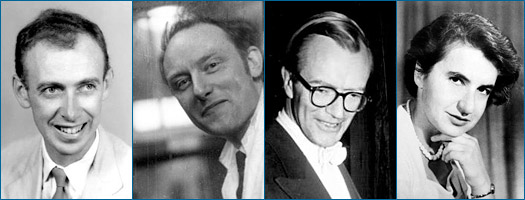
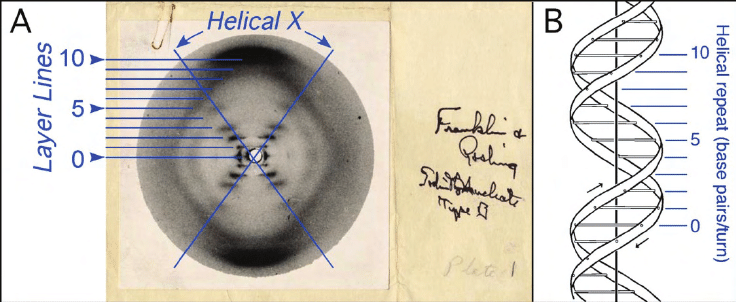
Of course, Watson and Crick saw immediately that their model contained a built-in method of perfect replication. Each strand could act as a mould or template for the opposing strand if the helix unwound itself. Their model satisfied all the requirements : it could contain infinite amounts of code, it was stable and it could replicate itself.
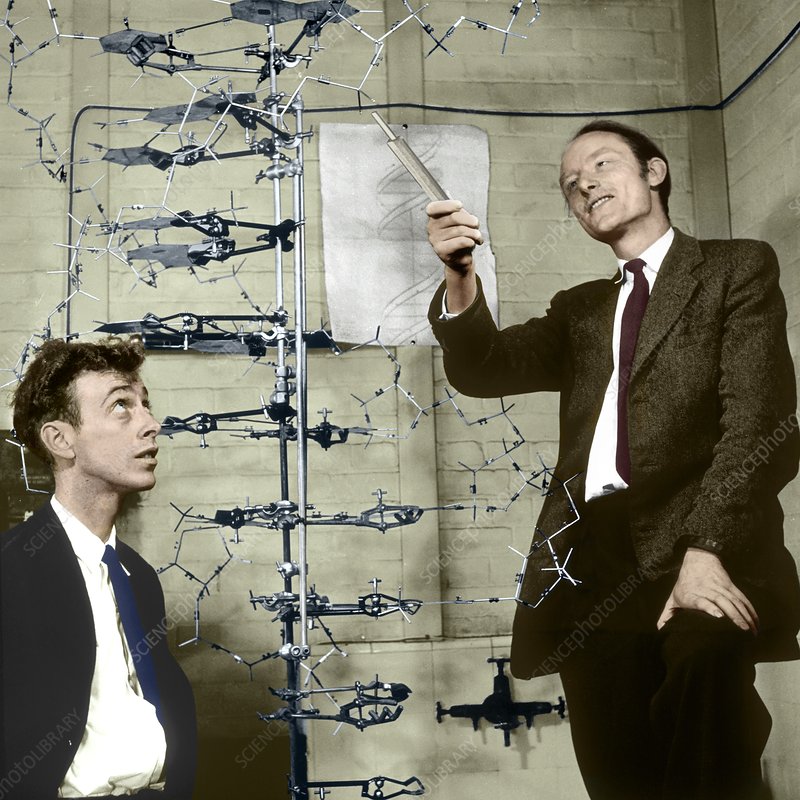
Explanation of the structure
Adenine and guanine have double-ringed molecular structures and are called purine bases. Thymine and cytosine have single-ringed structures and are called pyrimidine bases. The number of purines always equals the number of pyrimidines in any DNA molecule – evidence that led to the discovery of the rule of base pairing. Adenine always joins to thymine with two hydrogen bonds. Guanine always joins to cytosine with three hydrogen bonds. Watson and Crick knew that the molecular length of an A-T pair was identical to that of a G-C pair and saw that this would produce rungs of equal length in the DNA ladder.
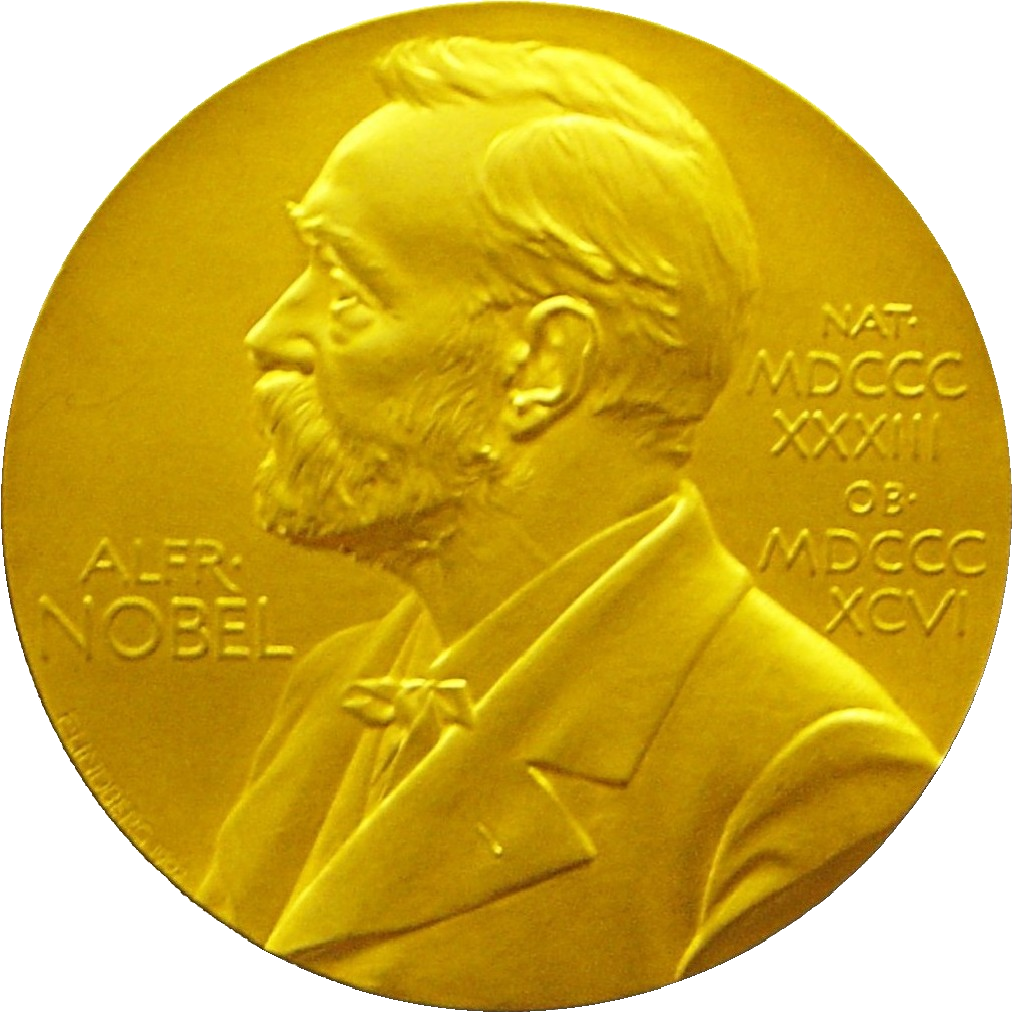
Watson, Crick and Wilkins received the Nobel Prize for their work in 1962; Rosalind Franklin had died in 1958 at the age of 37 and was not awarded for her contribution. The discovery of the structure of DNA was possibly the biggest scientific breakthrough of the twentieth century.
Questions:
Find in this text the answers of these questions :
1) What do the letters DNA stand for? Draw a labelled diagram of a DNA nucleotide. How many kinds of nucleotide are found in DNA?
2) Explain the terms : antiparallel ; double helix ; complementary strands.
3) With reference to the experiment to extract DNA from kiwi fruit, explain the purpose of each of the following steps :
mashing the kiwi fruit ; adding salt and detergent ; heating the mixture ; filtering the mixture ;
4) If the experiment is carried out on animal tissue, no mashing is required. Why is this ?
5) Why Watson and Crick received the nobel prize ? Summarize in a few lines what they have discovered
Pour aller plus loin : Science History Institute

